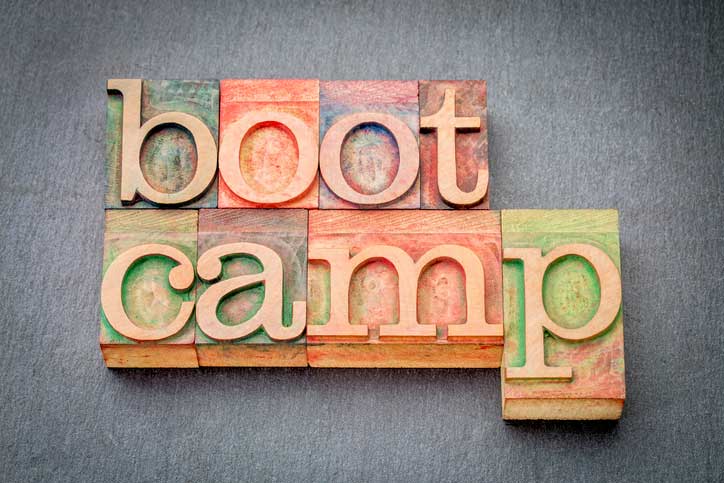When you’re answering emails and suddenly the phone rings, what do you do? Do you answer it and try to speak to the person while you finish your emails? Then the doorbell chimes. Do you go to the door while still on the phone? Now you have some decisions to make.
In today’s world, we normally live where multitasking is commonplace. But is multitasking the most efficient use of our time?
The Multitasking Myth
A number of states have already made it illegal to talk on your cell phone and drive at the same time. Some states won’t even allow you to drive and eat at the same time! These laws are based on the fact that if your focus is divided, accidents are more likely to happen.
Recent studies have also shown that when people are forced to change gears in the middle of a task, valuable time is lost. The more complex the task, the more time is lost. The lost time is the time that’s usually spent by the frontal lobe of your brain making decisions and establishing priorities.
- Truth is, when you multitask, rather than getting a lot more accomplished, you’ll find that the quality of your work diminishes significantly and important tasks actually take longer!
Single-Tasking: The Alternative
Just for argument’s sake – try spending one day where all you do is focus all your energy on one task at a time. You may be surprised to discover that you’re making more progress than usual as you tackle one job at a time without interruption, rather than doing multiple tasks at the same time.
Without interruption? Perhaps you’re thinking, “That’s easier said than done.”
Below are some tips to help you gain the advantage of single-tasking:
- Create a to-do list. Have categories on the list for home, work, etc. Write the items on your list in order of priority.
- Organizing your tasks will help you see everything you have to do and give you a definite place to start.
- Keep a notebook handy. If ideas for another task come while you’re working on something else, jot them down quickly so you can continue concentrating on your current project. You won’t have to worry about forgetting your ideas and thoughts later.
- Tune out distractions. If possible, turn off your phone or shut down your computer if they’re diverting you away from your present task.
- If you feel the urge to check your email, simply take a deep breath and continue working. Don’t worry; your email’s not going anywhere! It will still be there in the same place when you finish your current task.
- Plan your day in blocks of time. Depending on the number of tasks you have to do this can be in hour-long blocks or just 20 minutes.
- Make sure you leave some blocks open for unexpected situations that may arise.
- Every now and then, take inventory. When you’ve completed a task successfully and have a few minutes to spare. Use that time to check your inbox for any new situations that may have come up.
- You can then re-prioritize your to-do list if necessary.
Single-tasking might take some time to get used to, especially if you’re accustomed to working on multiple projects at one time. However, focusing your efforts on a single task will help you think more clearly and determine what steps must be completed.
This is by no means an exhaustive list of ideas but these tips will help you get started with single-tasking. Multitasking can be very stressful. It will certainly be nicer to make your life a little less chaotic. Single-tasking can do a world of good for your emotional, mental, and even physical well-being. It’s the sane alternative to multitasking!







